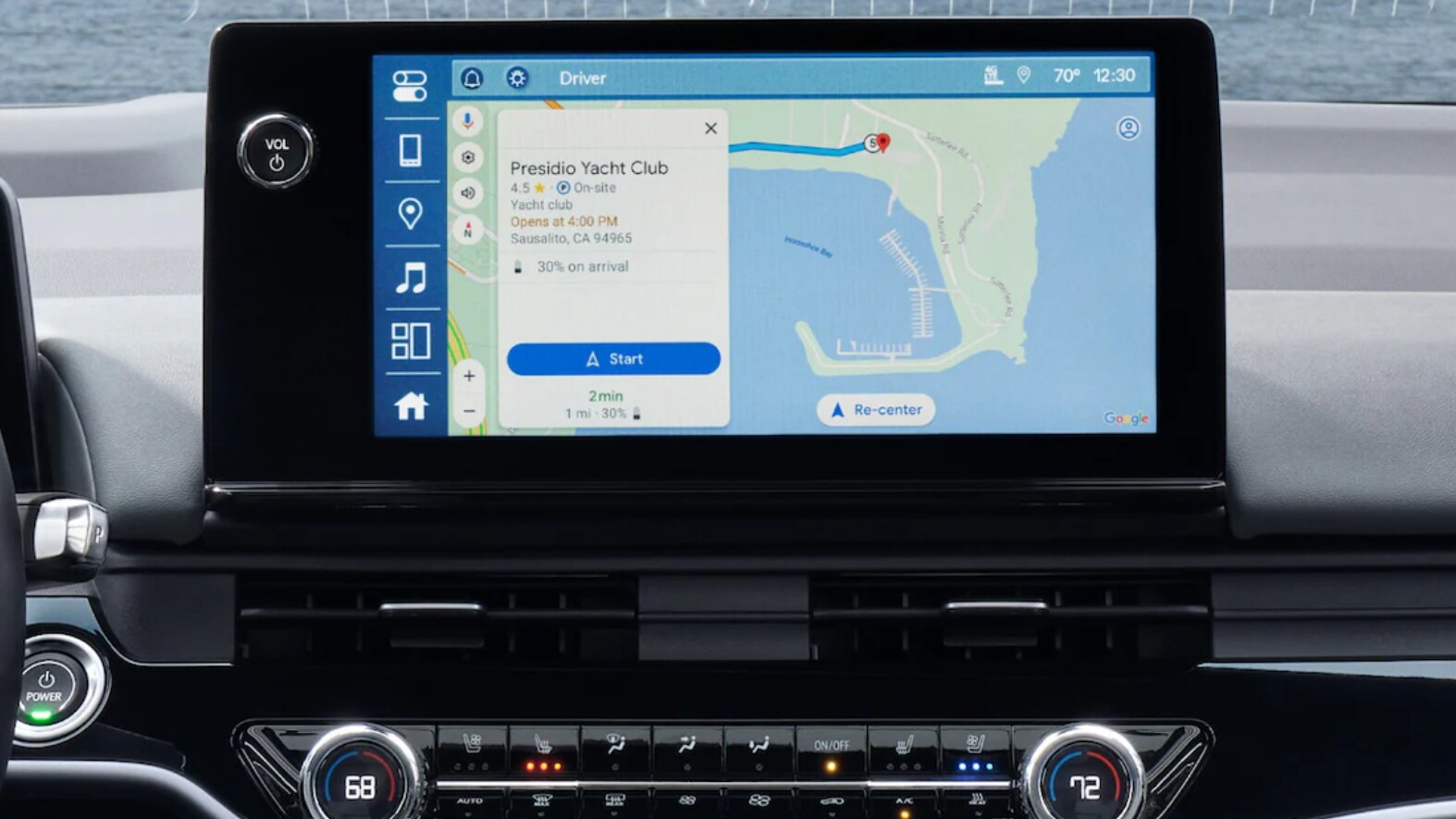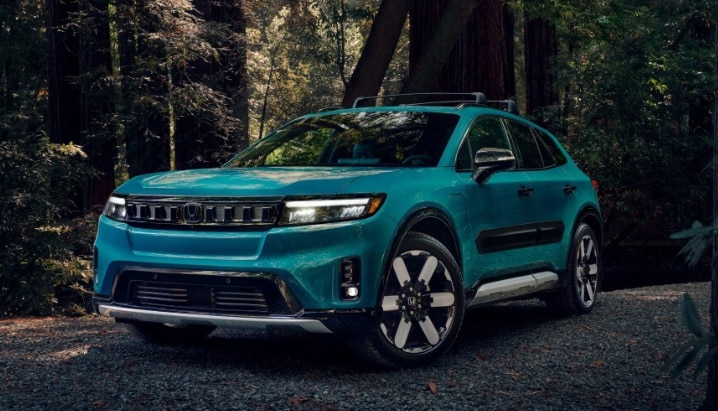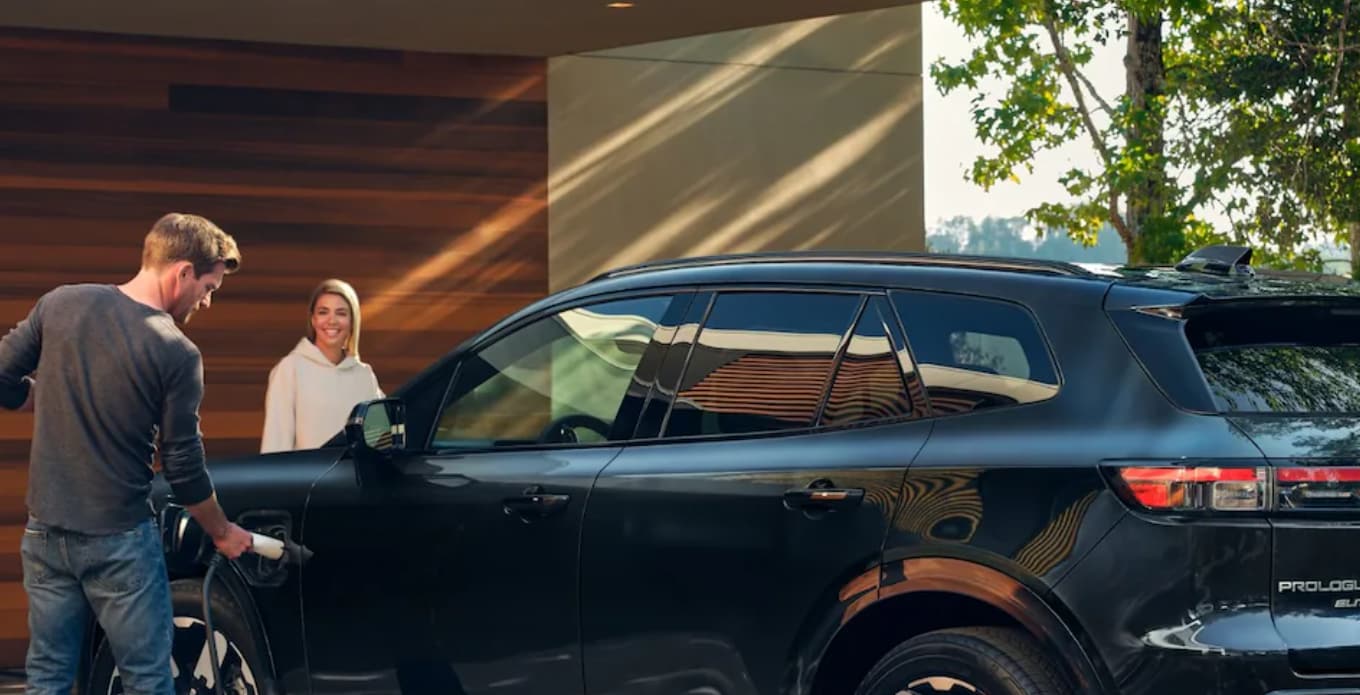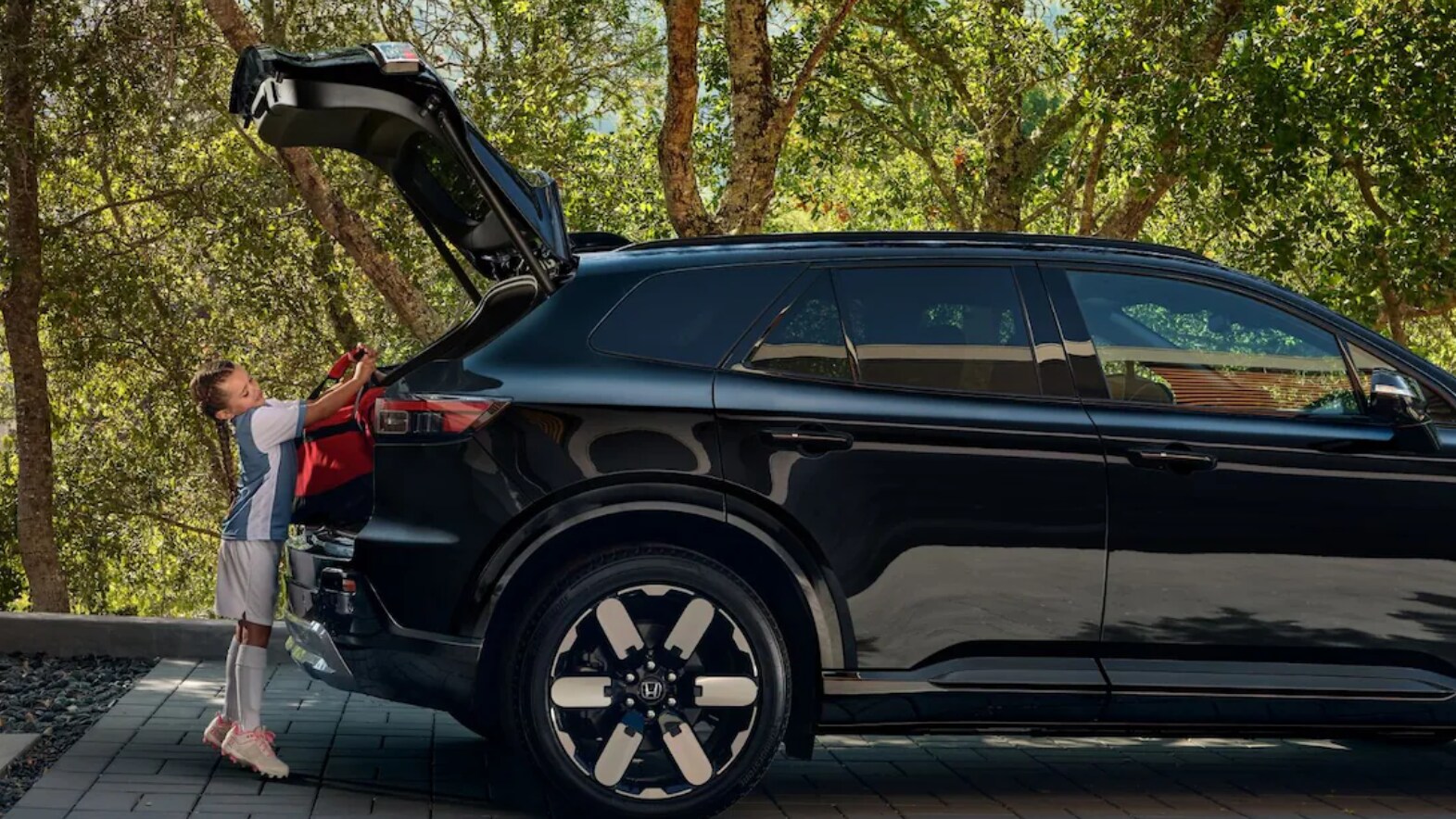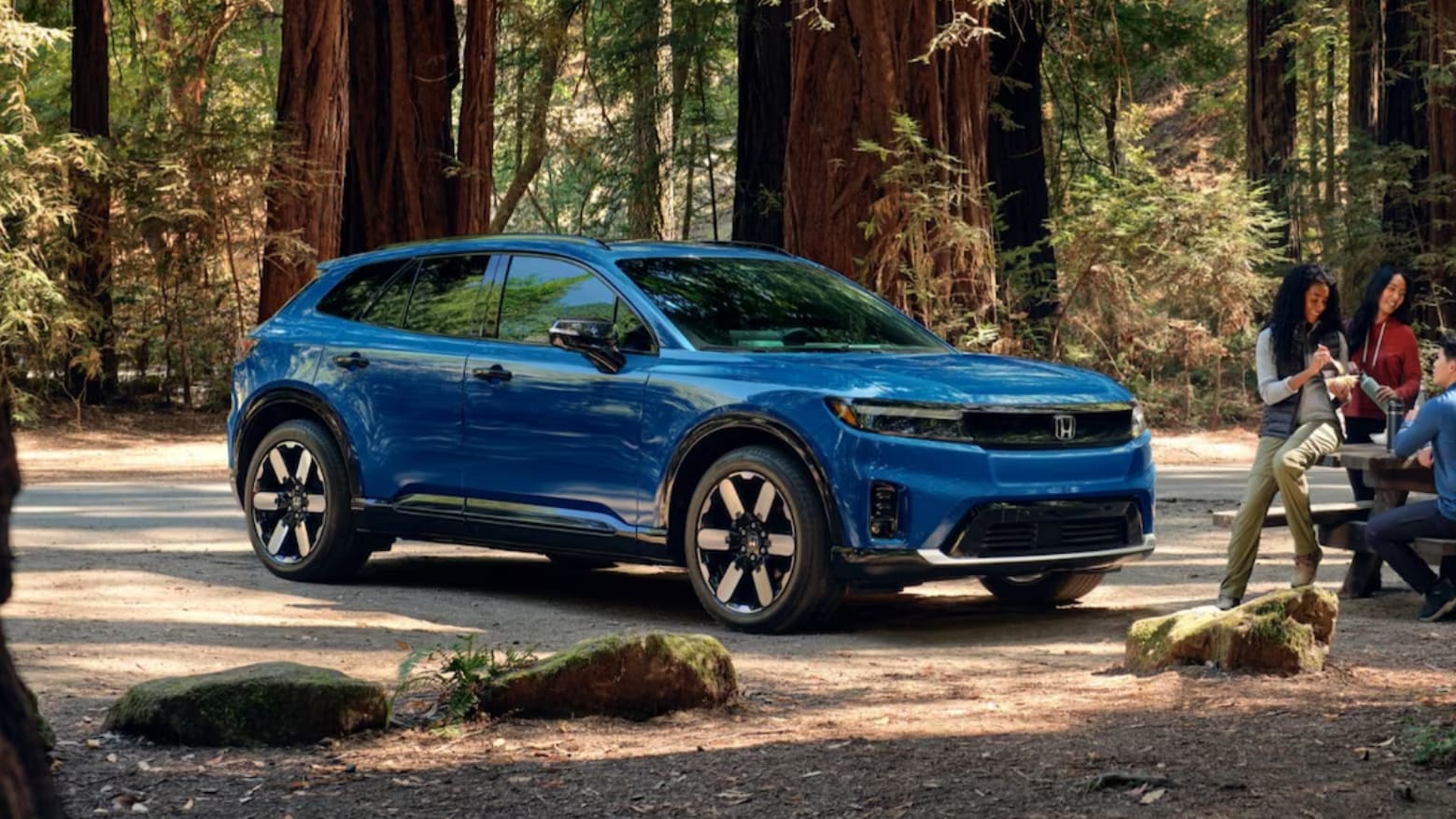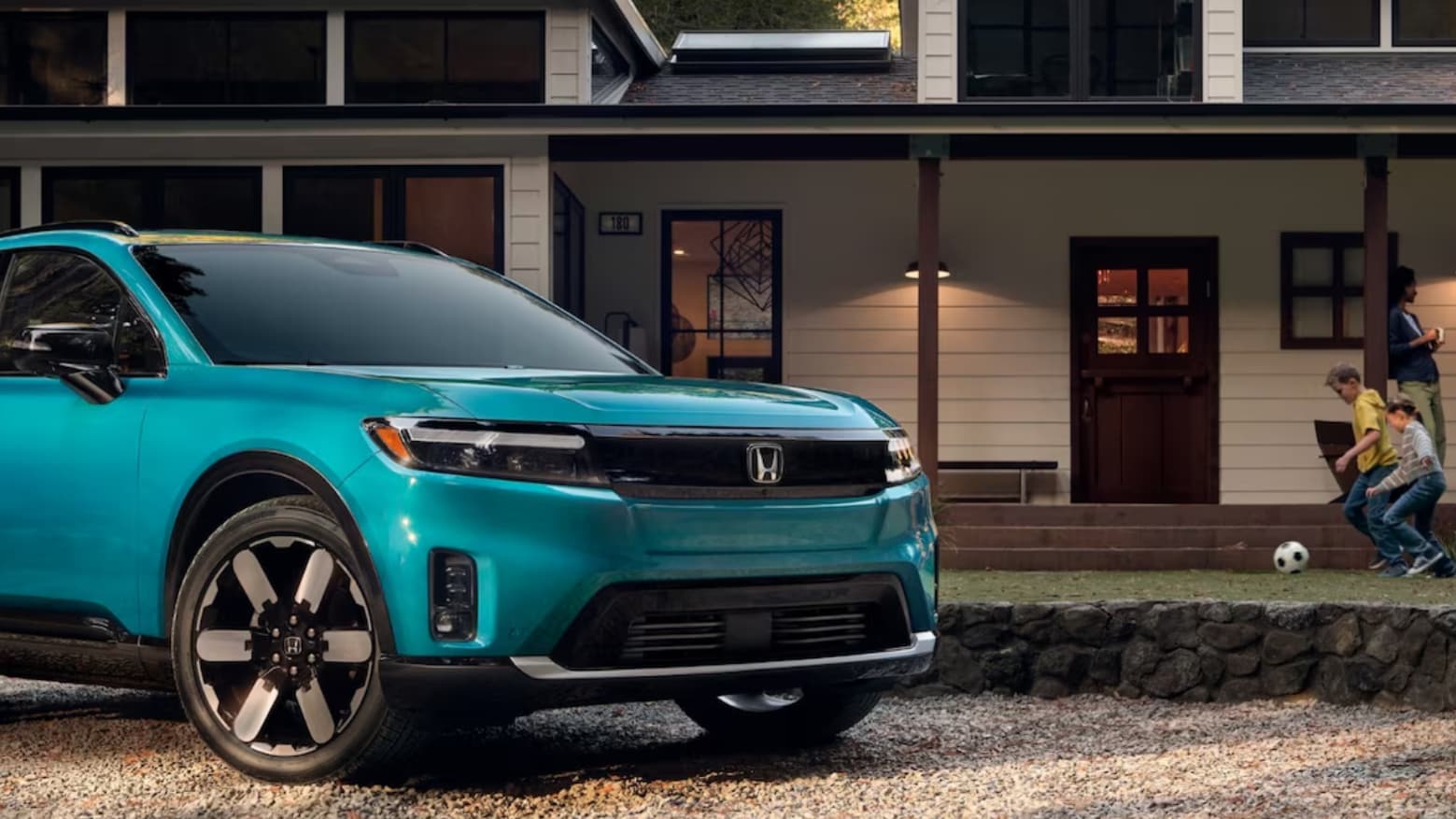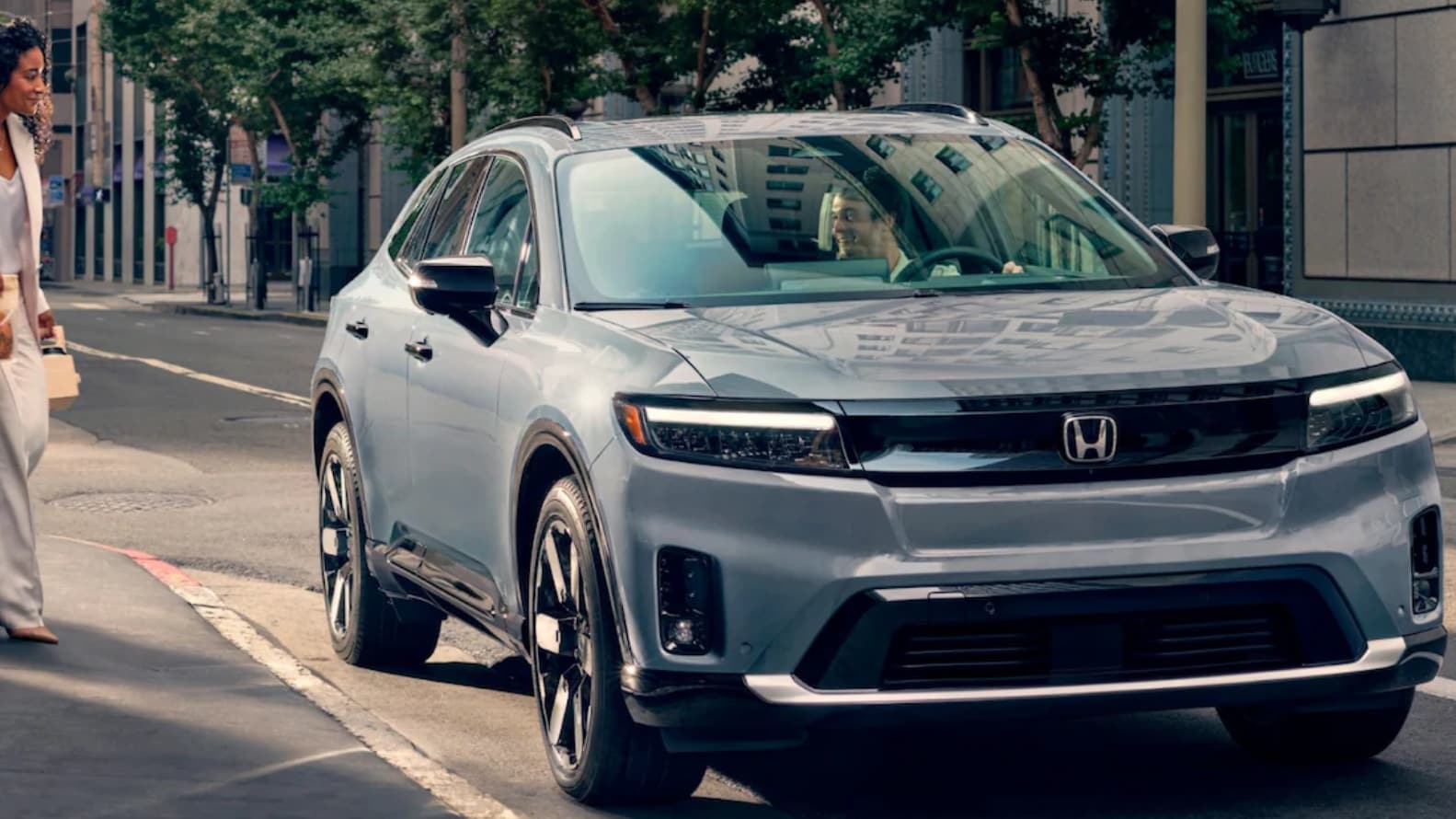What is the Electric Vehicle Tax Credit, and How Do I Find Out if I'm Eligible?
The Electric Vehicle (EV) Tax Credit is a federal incentive designed to encourage the purchase of electric vehicles. Depending on the specific vehicle you buy, you may be eligible for a tax credit of up to $7,500. This credit can reduce your overall tax liability, making the purchase of an EV more affordable. Eligibility for the credit depends on several factors, including the specific model of the electric vehicle and your personal tax situation. To find out if you're eligible and learn more about the available incentives, visit the official government website or contact us at AutoNation Honda East Las Vegas for more assistance.

